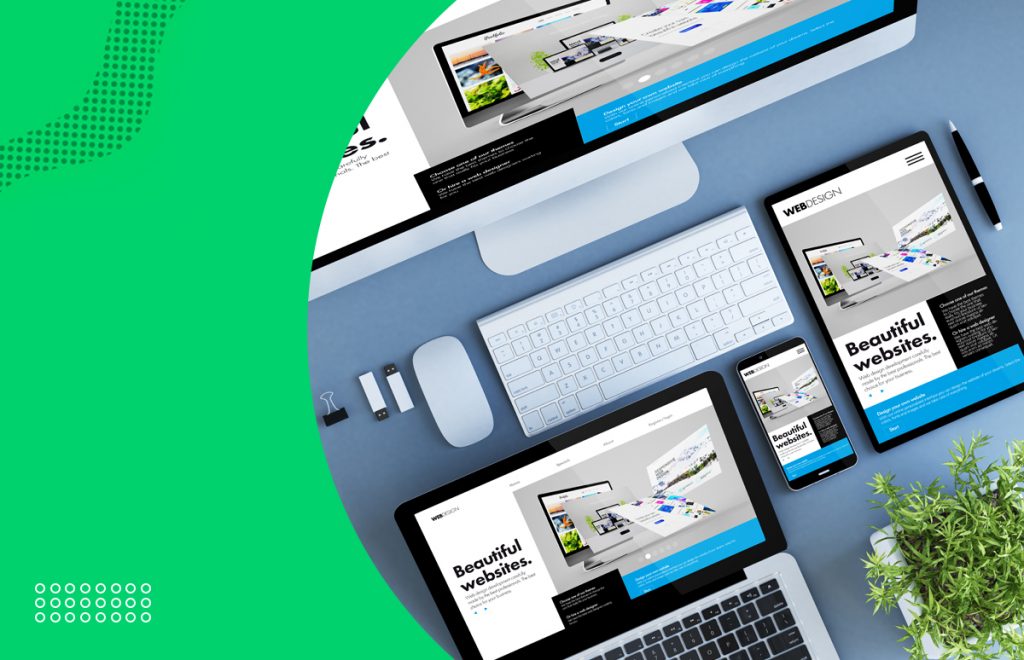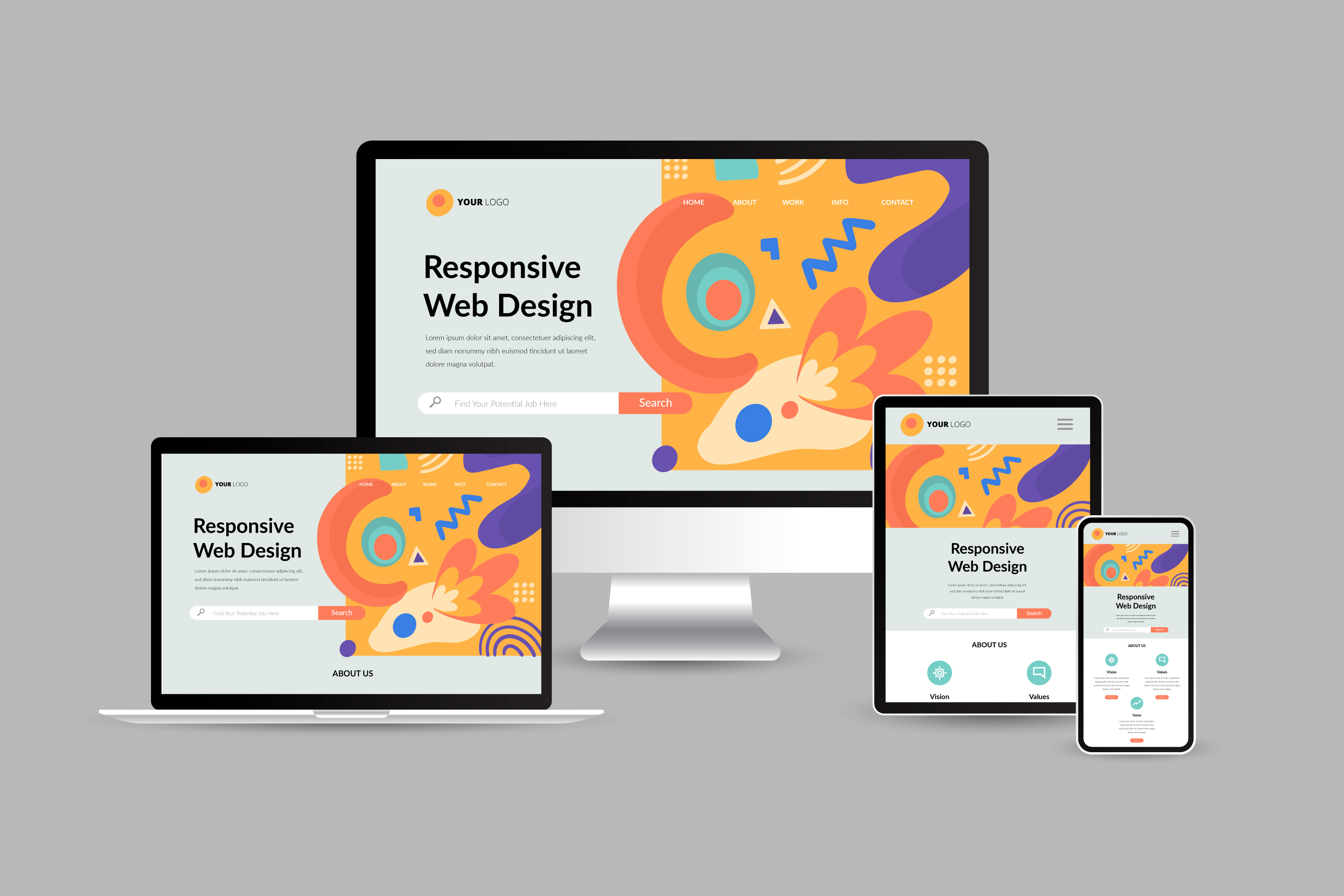How to Optimize Your Website Design for Better User Engagement and Retention
Increase Interaction With Cutting-edge Website Design Solutions
A thoughtfully crafted customer experience, underpinned by strategic visual design and interactive elements, can significantly boost customer involvement. By discovering numerous techniques such as responsive style and personalized material, businesses can produce a system that not just captivates users but also cultivates lasting loyalty.

Comprehending User Experience
Understanding user experience (UX) is critical for creating effective website design options, as it directly affects just how individuals interact with electronic platforms. A detailed UX strategy incorporates numerous components, including individual, usability, and accessibility complete satisfaction, all of which add to the general effectiveness of a web site.
To begin with, usability concentrates on just how conveniently individuals can navigate and discover the information they seek. Access ensures that all users, consisting of those with specials needs, can effectively engage with the website.
Moreover, recognizing user personalities is crucial for customizing the experience to fulfill specific target market demands. By carrying out user study and screening, designers can gather insights that notify design decisions, making sure the site not only fulfills aesthetic goals yet additionally fulfills practical demands. Inevitably, a thoughtful technique to UX style fosters involvement, urges retention, and enhances overall customer fulfillment, which are vital for the success of any kind of electronic system.
Visual Layout Methods
Incorporating efficient aesthetic style strategies is crucial for recording customer interest and enhancing the total user experience on a website. A well-balanced aesthetic hierarchy overviews individuals with the material, permitting them to conveniently browse and take in info. This can be accomplished via the critical use of typography, shade systems, and spacing, which jointly produce a natural and engaging design.
Color plays an essential function in stimulating emotions and establishing brand identification. Utilizing a well balanced shade combination that lines up with the brand's principles can cultivate familiarity and count on. Additionally, integrating high-grade pictures and graphics improves visual charm and can dramatically improve customer engagement.
Whitespace, commonly overlooked, is equally essential as it enables content to take a breath and avoids frustrating users with clutter. It facilitates easier analysis and comprehension, resulting in a much more delightful browsing experience.
Lastly, uniformity in design components-- such as button fonts, designs, and symbols-- makes sure a smooth customer journey, reinforcing the brand's professionalism. By tactically carrying out these aesthetic style approaches, internet sites can not just bring in visitors however also motivate them to stay longer and engage even more deeply with the material.
Interactive Elements for Engagement
Engaging customers effectively often hinges on the execution of interactive elements that invite participation and promote a dynamic searching experience. These components, including quizzes, surveys, and interactive infographics, urge individuals to proactively get involved as opposed to passively eat content. By integrating such attributes, internet sites can not just capture focus but also enhance customer retention.

Gamification is an additional powerful method. Including game-like elements, such as accomplishments or incentives for completing jobs, can transform ordinary interactions right into pleasurable experiences. This strategy not his explanation just increases engagement yet additionally urges users to return, creating a loyal target market.
In addition, interactive components can help with social sharing, amplifying an internet site's reach. Attributes like comment sections, share switches, and user-generated web content areas foster area interaction, turning site visitors into active participants. website design. Ultimately, the calculated use interactive aspects is important for developing a interesting and compelling internet site that reverberates with users
Receptive and Adaptive Style
A properly designed internet site has to prioritize receptive and flexible style to ensure ideal customer experiences across a selection of devices and screen sizes. Responsive style utilizes liquid grids and flexible pictures, enabling the layout to immediately change based upon the viewer's screen dimension. This approach ensures that individuals can quickly browse and interact with the material, no matter whether they are using a tablet computer, desktop, or mobile phone .
In comparison, adaptive style makes use of predefined formats that are tailored to specific device about his groups. This implies that the internet site finds the kind of device being used and offers the appropriate format, which can enhance loading times and enhance the display screen of crucial elements. While both techniques intend to boost functionality, responsive design is frequently preferred for its fluidness and smooth transition between devices.
Integrating flexible and receptive layout not just improves individual fulfillment yet also positively influences search engine rankings. Browse engines focus on mobile-friendly websites, hence increasing presence and attracting more visitors. Therefore, buying these design approaches is essential for companies aiming to engage their target market effectively and keep an one-upmanship in today's electronic landscape.
Analyzing Customer Responses and Information
Individual comments and data analysis are important elements of reliable internet site layout, as they give valuable insights right into individual behavior and choices. By methodically examining and accumulating customer responses through studies, usability testing, and analytics tools, developers can determine pain factors and locations for enhancement. This data-driven strategy makes it possible for organizations to tweak their website aspects, making certain that the user experience aligns with target market expectations.
Evaluating metrics such as bounce prices, time on page, and click-through rates provides a measurable perspective on user engagement. These metrics assist developers determine which content reverberates and which locations might call for optimization. Moreover, A/B screening can be employed to assess variations in design, allowing developers to make educated decisions based on customer interactions.
Incorporating user responses not just enhances site functionality yet additionally promotes a sense of area and depend on. Involving with individuals via comments loops cultivates commitment and urges repeat gos Visit Your URL to. Eventually, leveraging individual comments and data analysis is important to producing a vibrant, user-centered site that adjusts to advancing customer requirements and choices, consequently driving greater involvement and fulfillment.
Conclusion

An attentively crafted customer experience, underpinned by critical visual style and interactive components, can considerably enhance individual interaction.Incorporating efficient visual style strategies is essential for recording customer interest and enhancing the general individual experience on an internet site.User comments and data analysis are necessary parts of reliable website layout, as they provide useful understandings into individual behavior and preferences. Ultimately, leveraging user comments and information evaluation is indispensable to producing a dynamic, user-centered web site that adapts to evolving user demands and choices, therefore driving higher interaction and fulfillment.
In verdict, ingenious website design solutions substantially boost user interaction by focusing on individual experience, using effective visual strategies, and integrating interactive aspects.